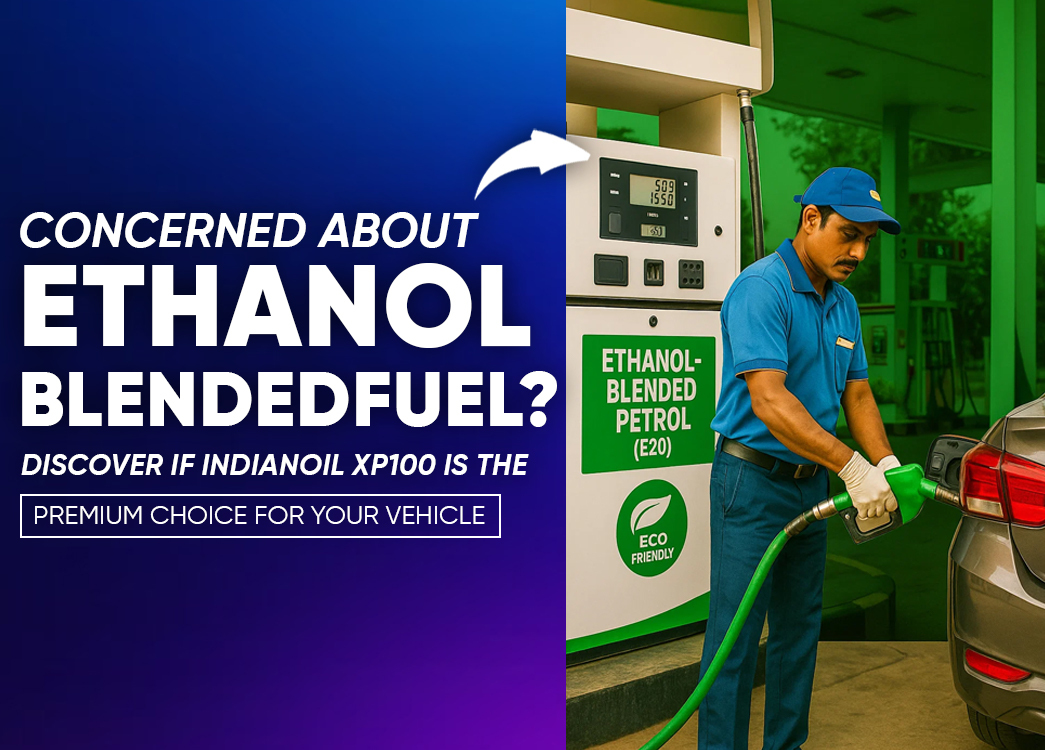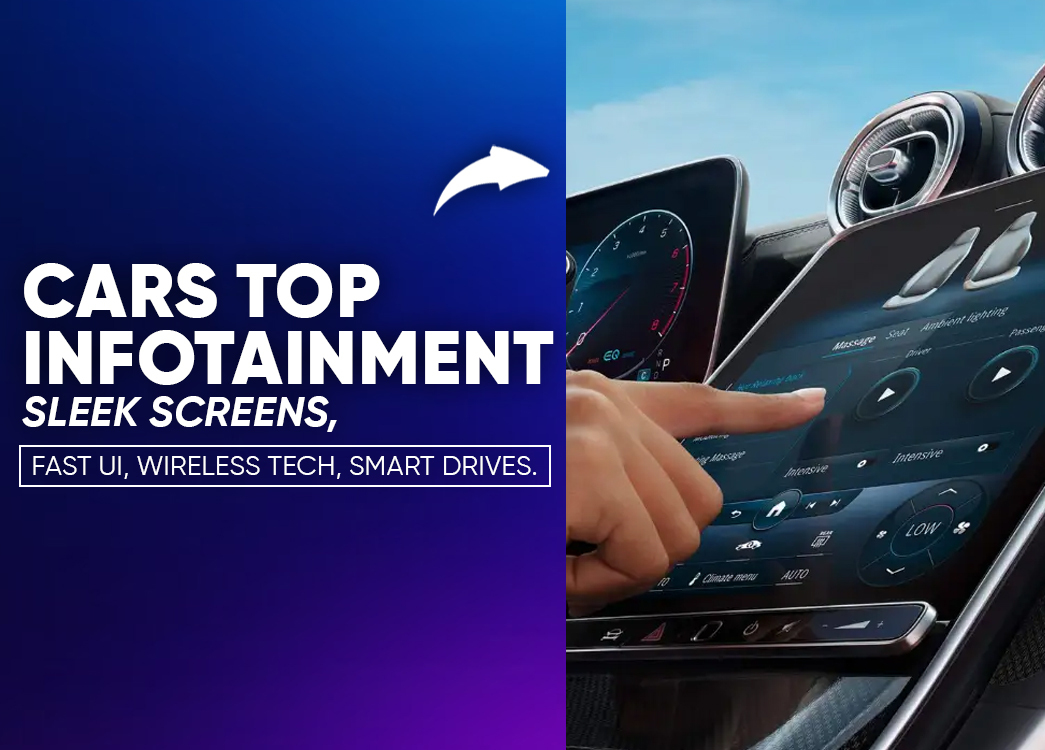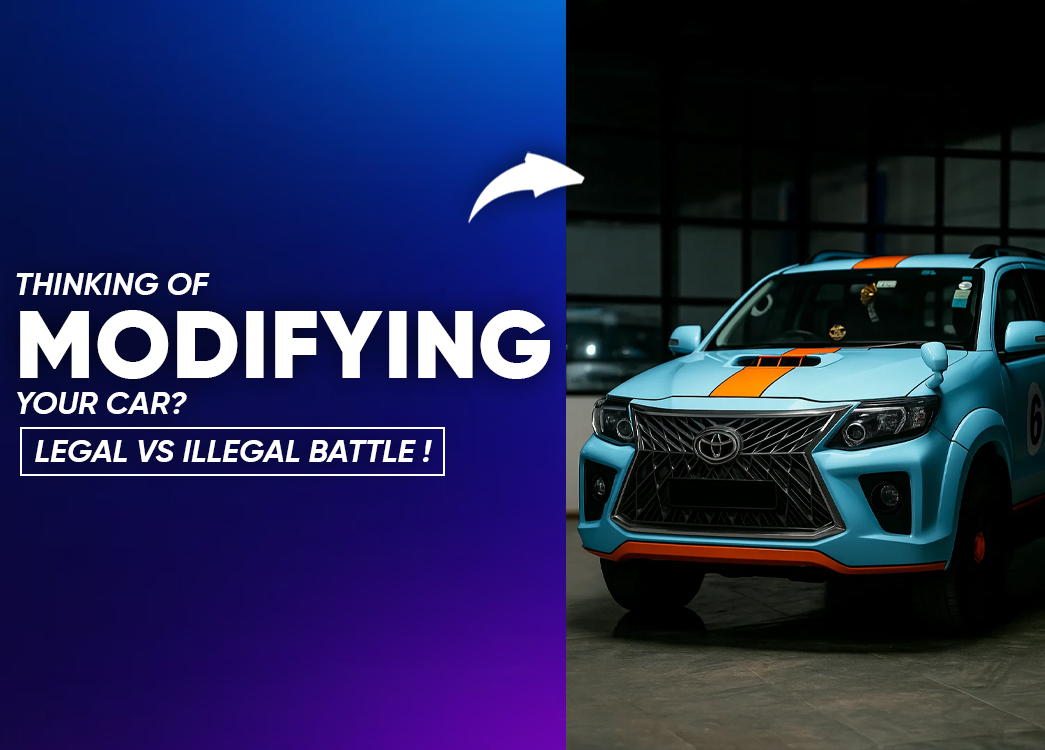
By creckk On 31-10-2025 at 10:23 am
How to Prepare Your Car for the Unexpected Monsoon in India?
Monsoon in India is beautiful, refreshing, and also unpredictable.
While the rain brings relief from the summer heat, it also brings along waterlogging, humidity, and slippery roads all of which can seriously affect your car’s performance and safety. Preparing your car before the rains hit is not just a precaution; it’s a necessity to prevent breakdowns, accidents, and long-term damage.
Here’s a detailed, easy-to-follow guide on how to make your car monsoon-ready and how to handle unexpected rainfalls like a pro.

Check Your Wipers and Windshield for Clear Visibility During Monsoon
Visibility is everything during the rainy season. Old or damaged wiper blades can leave streaks and reduce your view while driving. Before monsoon sets in, inspect your wipers closely. If you hear squeaking sounds or see uneven cleaning, it’s time to replace them.
Also, refill your windshield washer reservoir with a cleaning solution, not just plain water. This ensures your windshield stays clean from dirt, mud, and oil that splashes up from wet roads.
Inspect Your Tires to Avoid Skidding and Hydroplaning
Your tires are your car’s only contact with the road and during rain, that contact becomes even more critical. Worn-out tires can easily skid on wet surfaces or even cause hydroplaning.
Check the tread depth of your tires; it should be at least 2mm for proper grip. Don’t forget to maintain the right tire pressure, because under-inflated tires reduce control and increase the risk of slipping on waterlogged roads.
Quick tire inspections and replacements are available to help you stay safe and confident through the monsoon. But if anyway, gets any problems, then connect Creckk App's Roadside Assistance's 24/7 Service Askme Anything Anytime Anywhere feature.
Ensure Your Brakes Are in Perfect Condition for Monsoon Safety
Wet roads increase braking distances, meaning your brakes need to be at their absolute best. Listen carefully for squeaking or grinding sounds when you apply the brakes. If you notice anything unusual, get your brakes checked immediately.
Ensure your brake pads are in good condition, the fluid levels are topped up, and the system is responsive. Faulty brakes can be disastrous on slick roads.
VehicleFix offers brake inspection and replacement services so you can drive worry-free during the rainy season.
Check the Electrical System to Prevent Short Circuits During Rain
Rainwater and moisture can interfere with your car’s electrical components. Battery terminals, lights, and wiring are particularly vulnerable. Make sure the battery terminals are clean and properly connected. Inspect for loose, cracked, or exposed wires that could short circuit if they come in contact with water.
Also, test all external lights headlights, taillights, brake lights, and indicators since visibility is often poor during heavy rain. Proper lighting not only helps you see better but also makes you visible to others.
Apply an Anti-Rust Coating to Protect Against Corrosion
Humidity and constant water exposure can lead to rust formation, especially on the underbody of your car. An anti-rust coating creates a protective layer to prevent corrosion and extends the lifespan of your car’s metal parts.
Applying this coating before or during monsoon is one of the smartest ways to protect your car from long-term damage.
Complete Step-by-Step Guide to Applying Anti-Rust Coating
What You’ll Need
- Anti-rust coating (underbody spray or rust inhibitor)
- Car jack and stands
- Wire brush or sandpaper
- Degreaser or car cleaner
- Rags or cloth
- Painter’s tape and plastic sheeting (optional)
- Spray can or applicator gun
- Gloves, safety goggles, and mask
Step-by-Step Process
| Step | Description |
|---|---|
| 1. Prepare Your Car | Wash thoroughly to remove dirt, grime, and oil. Dry completely before applying the coating. |
| 2. Lift the Car (Optional) | Use a jack and stands to access undercarriage and wheel wells easily. |
| 3. Remove Existing Rust | Use a wire brush or sandpaper to clean off rust. Apply rust converter if needed. |
| 4. Tape Off Areas | Cover areas like tires and rubber components using tape and plastic sheets. |
| 5. Apply Anti-Rust Coating | Spray evenly on underbody and metal surfaces. Keep 6–8 inches distance for uniform coating. |
| 6. Allow It to Dry | Let it dry as per the product’s instructions — usually several hours or a full day. |
| 7. Apply Additional Coats | For added durability, apply multiple thin layers. |
| 8. Reassemble and Let It Cure | Lower the car and let the coating cure for a few days. |
| 9. Regular Maintenance | Check periodically and reapply coating where needed. |
Handling Unexpected Rainfalls: What Car Owners Must Know
Sudden rain showers can cause both immediate driving challenges and long-term mechanical issues if your car isn’t protected. Here’s how unexpected rainfall impacts your car and what you can do to minimize damage.
Driving Hazards During Sudden Rainfall
| Issue | Description |
|---|---|
| Reduced Traction & Hydroplaning | Rain mixes with oil and dirt on roads, making them slippery. Tires can lose grip at speeds as low as 45 km/h. |
| Longer Braking Distance | Wet surfaces increase the time and distance needed to stop your vehicle safely. |
| Reduced Visibility | Heavy rain combined with fogged windows can obscure view of vehicles, pedestrians, and potholes. |
| Engine Stalling or Hydrolock | Driving through deep water can pull water into the air intake, causing engine failure. Never restart a waterlogged engine. |
Mechanical and Electrical Damage from Rainwater
- Electrical Malfunctions: Water may enter fuse boxes, sensors, and connectors, leading to short circuits and malfunctions.
- Brake System Issues: Moisture between brake pads and rotors reduces braking efficiency. Gently use brakes to dry them after crossing water.
- Corrosion and Rust: Rainwater accelerates rusting in wheel wells and undercarriage areas.
- Contaminated Fluids: Water in oil or fuel can damage internal components. Check for milky or brown sludge on the oil dipstick.
- Fuel System Problems: Condensation or rainwater in fuel can cause corrosion and stalling.
Interior and Exterior Effects of Rain
- Paint Damage: Polluted rain can leave water spots and etch your car’s paint surface if left to dry.
- Interior Damage: Leaky seals or sunroof gaps can allow water inside, damaging upholstery and causing mold or mildew.
Prevention Tips and Post-Rain Checks
- Avoid Deep Water: Don’t drive through unknown waterlogged roads; you never know how deep it is.
- Drive Slowly: Maintain lower speeds to reduce the risk of hydroplaning.
- Post-Rain Inspection: After heavy rain, check for engine oil contamination and strange noises. If needed, visit a mechanic immediately.
- Regular Maintenance: Keep your car’s seals, wiring, and brakes in good condition to handle rain-related stress.
Conclusion: Stay Prepared, Stay Safe This Monsoon
Preparing your car for monsoon isn’t just about convenience it’s about safety. Regular inspections, timely maintenance, and preventive steps like anti-rust coating can save you from major expenses and breakdowns.
Whether it’s replacing wipers, checking brakes, inspecting electrical systems, or applying anti-rust coating, a little preparation goes a long way.
FAQs:
Why is monsoon car maintenance important?
Because water and humidity affect visibility, braking, and electrical systems, regular checks help prevent breakdowns and accidents.
How often should I change wiper blades during monsoon?
Ideally once a year, or as soon as you notice streaks, noise, or uneven cleaning.
Can I apply anti-rust coating myself?
Yes, by following the proper cleaning and coating process. However, professional service ensures even coverage and long-lasting results.
What happens if water enters the car engine?
It can cause hydrolock, bending engine components and leading to costly repairs. Do not restart a waterlogged engine call for assistance.
How do I protect my car interior during monsoon?
Use rubber mats, check door seals, and avoid parking in water-prone areas to keep moisture out.
How can I tell if my brakes are affected by water?
If your car takes longer to stop or feels spongy after driving through water, gently apply brakes several times to dry them out.
What’s the best way to drive in unexpected rain?
Drive slowly, turn on headlights, maintain safe distance, and avoid sudden braking or sharp turns.
Related posts









